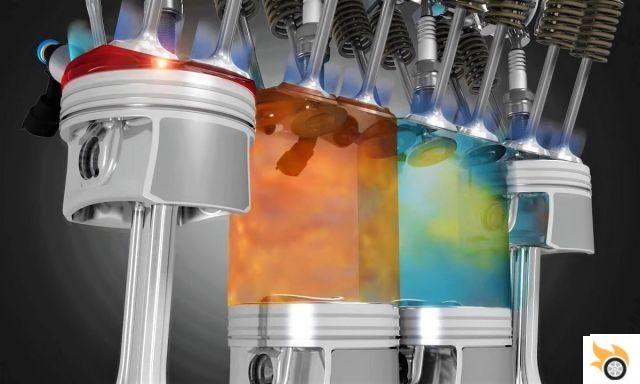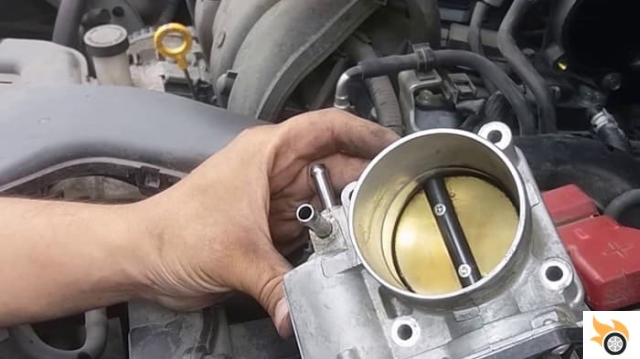
Introduction
Welcome to our article on the compression ratio in engines. In this text, we are going to address all the questions and doubts you may have about this very important topic in the world of car and motorcycle engines.
What is compression ratio?
Compression ratio is a fundamental concept in engine engineering. Refers to the comparison between the total volume of the combustion chamber when the piston is at its lowest point (bottom dead center) and the volume of the chamber when the piston is at its highest point (top dead center). This ratio is expressed as a numerical ratio, for example, 10:1.
Compression Ratio Characteristics
The compression ratio has a significant impact on the performance and efficiency of an engine. Here are some of the most important features:
1. power
A higher compression ratio can increase engine power as it allows for better fuel combustion. However, it is important to note that a compression ratio that is too high can cause knocking and damage the engine.
2 Efficiency
A proper compression ratio can improve engine efficiency by allowing better fuel utilization. This is because a higher compression ratio can create higher combustion chamber pressure, resulting in more complete combustion.
3. Fuel consumption
In general, a higher compression ratio can improve fuel efficiency, which translates to lower fuel consumption. However, it is important to note that other factors, such as engine design and the type of fuel used, can also influence fuel consumption.
Compression Ratio Types
There are different types of compression ratio that are used in engines. Here are some of the most common:
1. Fixed compression ratio
In this type of compression ratio, the value remains constant at all times. It is common in conventional gasoline engines.
2. Variable compression ratio
In this type of compression ratio, the value may vary depending on the operating conditions of the engine. This is achieved through the use of systems such as VVT (Variable Valve Timing) technology or supercharging systems.
Compression Ratio Calculation
The calculation of the compression ratio is relatively simple. To obtain the value, the volume of the combustion chamber at the bottom and top dead centers must be measured. The following formula is then applied:
Compression Ratio = Volume at Bottom Dead Center / Volume at Top Dead Center
It is important to note that the volume values must be in the same units (for example, cubic centimeters).
Frequently Asked Questions
1. What is the ideal compression ratio?
The ideal compression ratio can vary depending on the type of engine and its application. In general, gasoline engines typically have a compression ratio between 8:1 and 12:1, while diesel engines can have higher compression ratios, between 15:1 and 20:1. However, it is important to note that other factors, such as engine design and the type of fuel used, can also influence the ideal compression ratio.
2. What problems can an incorrect compression ratio cause?
An incorrect compression ratio can cause various problems in an engine. If the compression ratio is too low, there may be a lack of power and efficiency. On the other hand, if the compression ratio is too high, it can cause knocking problems, which can damage the engine. Additionally, an incorrect compression ratio can also affect fuel economy and engine emissions.
Conclusion
In summary, the compression ratio is a fundamental aspect in the design and operation of car and motorcycle engines. A proper compression ratio can improve engine performance and efficiency, while an incorrect compression ratio can cause problems. It is important to note that the ideal compression ratio can vary depending on the type of engine and its application. It is always advisable to consult the manufacturer's specifications and perform proper maintenance to ensure optimum engine performance.
We hope this article has been useful and has resolved all your questions about the compression ratio in engines. If you have any additional questions, don't hesitate to contact us. Until next time!


























